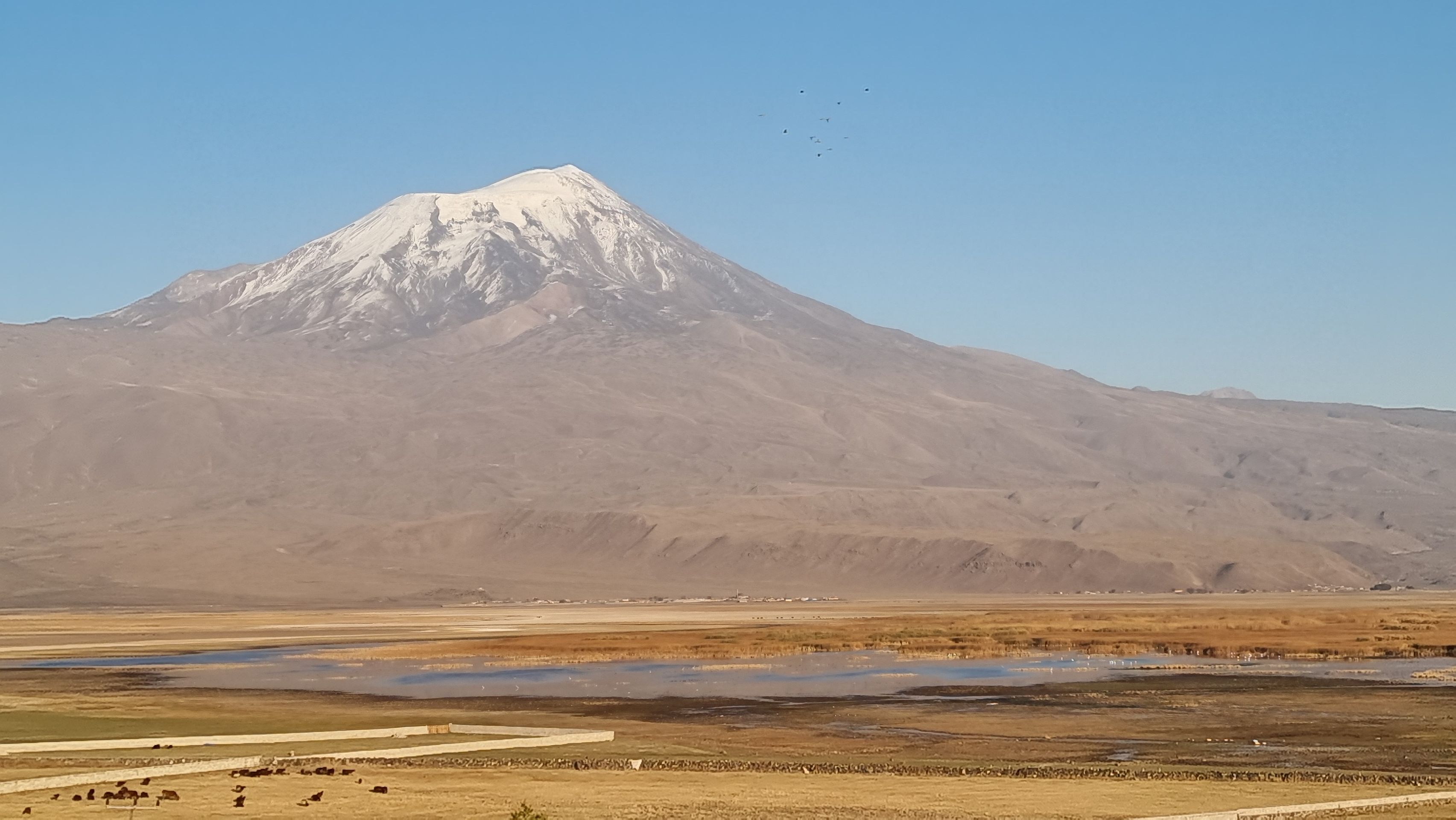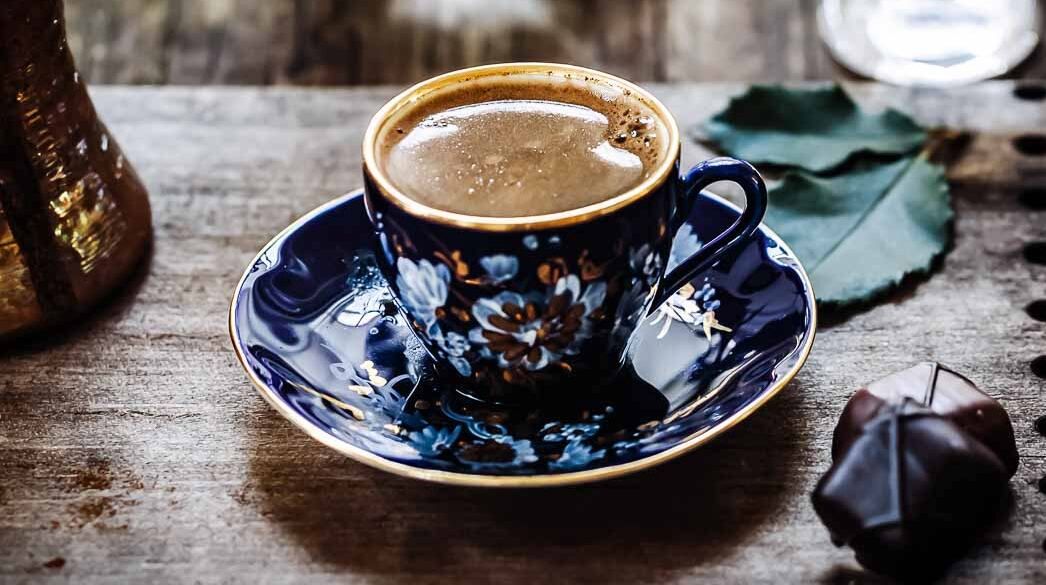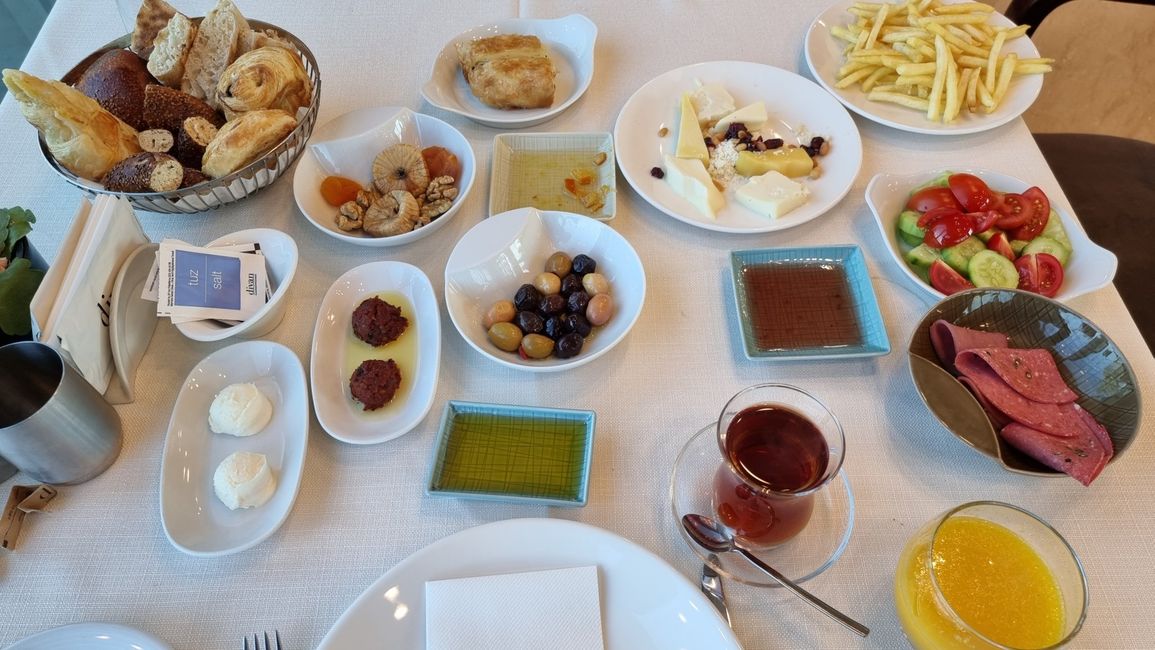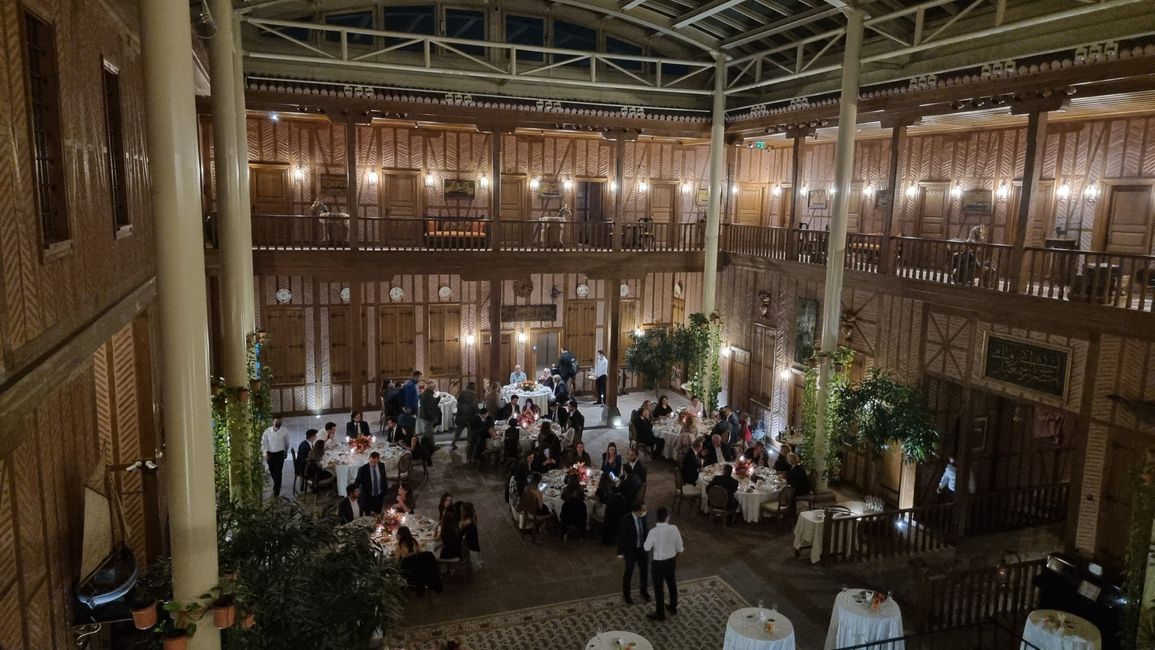Day 36 - Don Curry takes a break
Publicat: 07.11.2021
Don Curry knows himself quite well. He knows that towards the end of a journey, his enthusiasm wanes, his curiosity fades, and a nonchalant indifference towards new experiences arises. After 35 days filled to the brim, it is perfectly fine for the "work memory" to be full. Therefore, he deliberately planned very little for the last few days. He did not want to be 'on the go,' he simply wanted to 'be.'
Today, he treated himself to a late breakfast at the 'Safranhan.' As always in the better hotels, he did not have to painstakingly go to a buffet; the personal buffet came to him with many plates, bowls, and serving dishes. He could freely choose an egg dish of his choice - as a semi-Turk, he decided on Menemen, which seemed to please the waiter; however, he was served the spiciest Menemen he had ever tasted. A few sweet pastries and some cheese extinguished the palate flames that he did not necessarily need during breakfast.
He had been looking forward to his first item on the agenda for a long time: the famous Museum of Anatolian Civilizations, undoubtedly one of the most important archaeological museums in the world. Here, he would find objects and artworks from many places he had visited in the past weeks, where he often had to settle for copies on-site. Here, he found the real treasures of Göbekli Tepe, Çatalhöyük, Açıkhöyük, Aslantepe, Yazılıkaya, and Hattusha, as well as some other finds, e.g., from Gordion, which he had to cut from the itinerary yesterday. The museum is housed in a building that is itself museum-worthy, an old Ottoman bazaar covered by numerous domes. The interior, on the other hand, was designed according to the latest state of the art, with life-sized computer animations to explore a Phrygian village by trackball. Sundays seem to be the day of school trips: one lively class after another was led through the museum, with most of the students excitedly on a discovery tour.
After this intense but also concluding input, which demanded a lot from Don Curry's memory - where was Aslantepe again, and what did I see there? - he briefly climbed up to the fortress of Ankara, whose main gate is directly opposite his hotel. Here, a piece of old Ankara has survived, and the narrow streets have been meticulously restored and adorned with souvenir shops and carpet stores. However, from the upper part of the fortress, Don Curry noticed that other areas of this old town resemble slums with decaying houses and almost landfill-like vacant lots. Only behind this small belt of desolation did the glittering world of modern Ankara begin, stretching to the horizon.
Also located in the old town area is the Alaeddin Mosque, the oldest of its kind in Ankara. Especially the minbar carved from walnut wood delighted him. About 200 m further stands the likewise medieval Aslanhane Mosque, which is considered the most beautiful mosque in Ankara with its wooden columns and blue-tiled mihrab. The midday prayer had just begun here, guided by two approximately 10-year-old boys, until the imam eventually took over. Even for the assembled worshipers, the leadership of prayers by children seemed unusual; some looked puzzled, and some even photographed the young couple. The imam seemed to have praised them afterwards but corrected at least one of the sung prayer melodies.
Originally, Don Curry wanted to treat himself to lunch at a recommended garden restaurant in Ankara's old town. However, there was no more space available. So he decided to do something he had avoided for the past 35 days: he went to a kebab stand. When he asked for a menu, the waiter disappeared and sent a waitress who spoke good English and showed him the menu; there were two dishes: kebab or köfte - the side dishes were the same for both. Don Curry ordered his first kebab in Anatolia. It quickly became apparent that tendons and connective tissue can also be found in the meat for kebabs; the other pieces of meat tasted good but came without any sauce, only with white bread, rice, onions, tomatoes, and a grilled pepper. Don Curry's conclusion: edible, but there is better.
By now, the clock showed that lunchtime was approaching its end. Don Curry postponed his visit to the Atatürk Mausoleum until tomorrow and planned only one thing for today: free time. He examined the artwork in his hotel in more detail, then took a little nap, finished the report about the previous day, and read a bit more. In between, he realized that the courtyard of his hotel was festively decorated for a celebration, and the tables were set. So it could be a long night.
For dinner, he decided to deepen his Anatolian kebab knowledge and try a Turkish kebab chain: SR Kebab. There was a branch 700 m away. Actually, a short distance, but Don Curry remembered that his hotel offered a wonderful view over the rest of Ankara. He also remembered that the museum he visited this morning was only 200 m away but felt 100 meters lower. The kebab shop was even lower. The outward journey was no problem and even led through a vibrant bazaar of Ankara, where everything was available, from fresh strawberries and countless types of fir trees to sweaters for €4. However, Don Curry only wanted kebab, specifically chicken kebab. Most things were already sold out in the tiny branch of SR Kebab, such as everything with veal or lamb. They still had chicken kebabs but not in bread, only in a bun or a wrap. Don Curry chose both options, each topped/filled with chicken meat from the kebab spit, crispy fries, pickles, mayonnaise, and spicy lavash sauce; cost together was €2.50. The way back up to the fortress hill was hell, but the enjoyment of the wrap was heavenly: extremely flavorful, juicy, crispy, and delicious!
Satisfied, Don Curry looked back on this day. He had been able to summarize his entire journey wonderfully in the museum, he had visited the most important places of 'old' Ankara, and he had thoroughly researched the kebab in its country of origin. And besides: he had taken a lot of breaks...
Răspuns
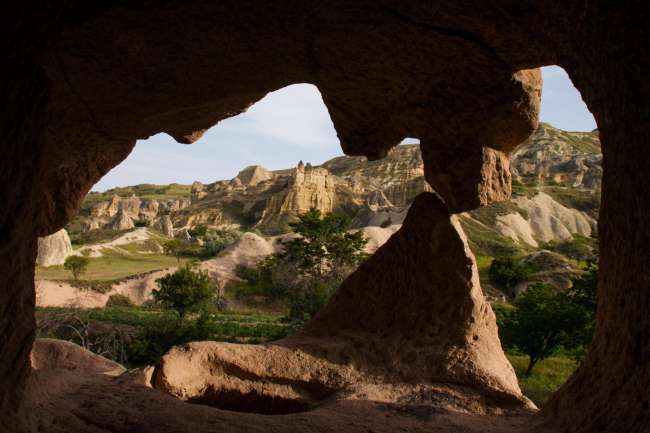
Rapoarte de călătorie Curcan
